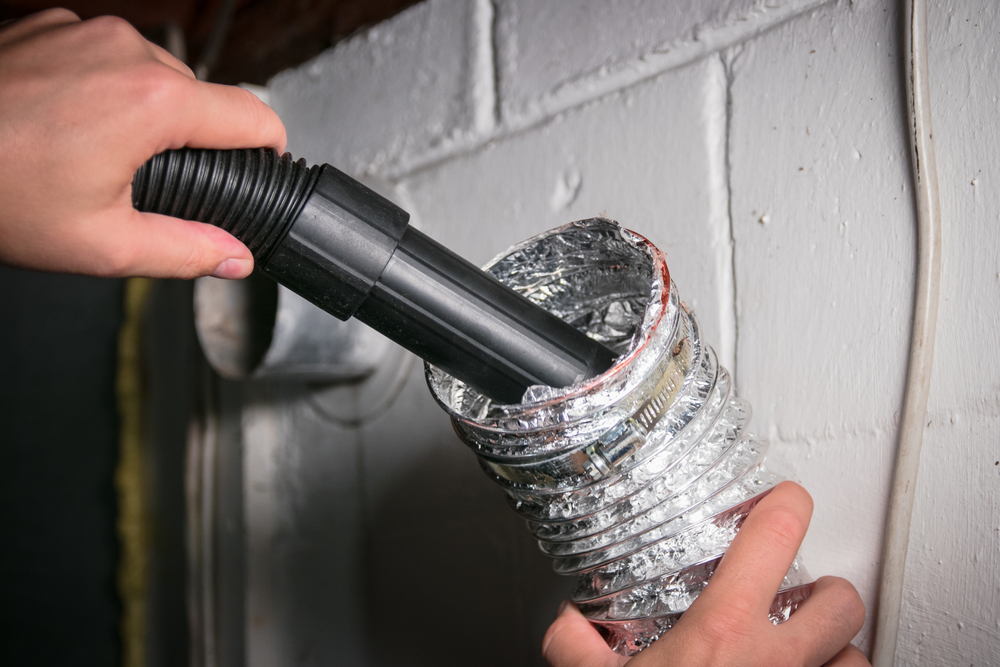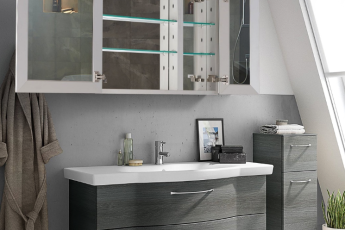How to Choose Eco-Friendly Cleaning Appliances for a Healthier Home

Looking to reduce your environmental footprint while keeping your home spotless? Discover how eco-friendly cleaning appliances can transform your cleaning routine into a sustainable, health-conscious practice!

In today’s environmentally conscious world, sustainable living has evolved from a passing trend into an essential shift in our daily decision-making. The cleaning appliances we bring into our homes profoundly affect both our personal wellbeing and the world around us. Eco-friendly cleaning appliances do double duty reducing environmental impact while creating healthier indoor spaces with improved air quality.
Understanding Eco-Friendly Cleaning Appliances
What exactly makes a cleaning appliance eco-friendly? The hallmarks include energy efficiency, minimal emissions, sustainable materials, and reduced environmental impact throughout the product’s life cycle. Conventional cleaning devices often fall short in these areas, consuming excessive power, generating unnecessary waste, creating noise pollution, and releasing potentially harmful particles into your living space.
Quality green cleaning appliances typically incorporate advanced HEPA filtration systems capable of trapping 99.97% of microscopic particles down to 0.3 microns including dust, allergens, and various pollutants. Their closed-system design prevents these captured contaminants from recirculating into your home, substantially enhancing indoor air quality. This feature proves particularly valuable for household members with asthma, allergies, or other respiratory sensitivities.
Key Features to Look for in Sustainable Cleaning Devices
Energy Efficiency
Energy-efficient appliances draw less electricity, which simultaneously shrinks your carbon footprint and lowers your utility bills. When shopping, prioritize products with impressive energy ratings and lower wattage requirements that don’t compromise on cleaning performance.
Filtration Systems
HEPA filters remain the industry benchmark for air purification, making them crucial for maintaining healthy indoor environments. Many households report noticeable improvements in allergy symptoms after transitioning to vacuum cleaners equipped with genuine HEPA filtration.
Materials and Durability
Appliances crafted from recycled or sustainable materials minimize manufacturing impact from the start. Equally important is durability a well-made appliance that lasts for years creates far less waste than several cheaper, short-lived alternatives. Consider initial quality as a long-term sustainability investment.
Noise Levels
Quieter appliances contribute to a more peaceful home environment while reducing noise pollution. This feature particularly benefits households with young children, sensitive pets, or family members who work from home.
Battery and Power Source Considerations
When weighing power options, balance convenience against environmental impact. Corded appliances eliminate battery disposal concerns but restrict movement. Battery-powered models offer flexibility but require thoughtful end-of-life management for the batteries themselves.

Comparing Popular Types of Eco-Friendly Cleaning Appliances
Vacuum Cleaners
Vacuum technology has seen remarkable advancements, with manufacturers increasingly balancing performance with sustainability. Among recent innovations, cordless vacuum cleaners have surged in popularity due to their versatility and ease of use. Operating on rechargeable batteries, these models free you from outlet constraints, making them ideal for quick clean-ups and accessing awkward spaces.
Mops and Steam Cleaners
Steam cleaners offer chemical-free sanitizing using nothing more than water, eliminating the need for harsh cleaning solutions. Look for models featuring adjustable steam output to conserve both water and energy while effectively cleaning various surface types.
Air Purifiers and Other Devices
Air purifiers with energy-efficient motors and washable filters complement your cleaning regimen by continuously filtering indoor air. This ongoing purification can actually reduce how frequently you need to deep clean, creating a virtuous cycle of cleaner living.
Practical Tips for Making Sustainable Choices
How to Assess Product Claims
Don’t take manufacturer sustainability claims at face value. Verify these assertions by looking for recognized certifications like Energy Star and researching third-party reviews from environmental organizations. These independent assessments typically provide more reliable information than marketing materials alone.
Maintenance and Longevity
Regular maintenance such as cleaning filters, proper battery care, and following manufacturer guidelines can potentially double your appliances’ lifespan. This attention not only reduces waste but also delays the resource-intensive process of manufacturing replacements.
Responsible Disposal and Recycling
When the time comes to replace older appliances, investigate local recycling programs that properly handle electronic waste and batteries. These items often contain materials that can be harmful if they end up in landfills, making responsible disposal an essential part of the sustainability cycle.
Conclusion
Choosing eco-friendly cleaning appliances represents a meaningful step toward creating a healthier living environment while minimizing your ecological footprint. By emphasizing energy efficiency, effective filtration, durability, and responsible disposal, your cleaning routine becomes an extension of your commitment to both personal and environmental health. Remember that consistent, thoughtful choices even seemingly small ones accumulate into significant positive impact over time.








